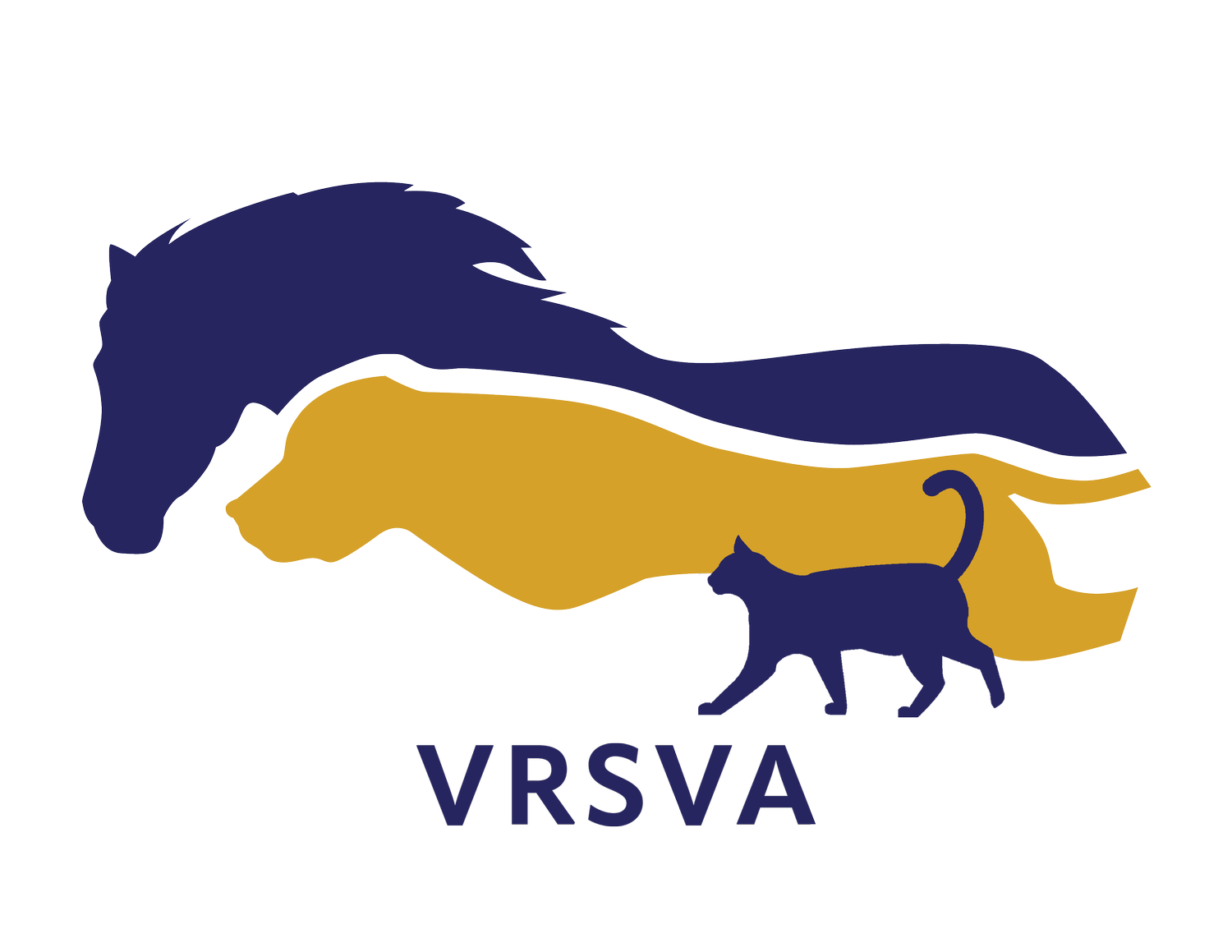Imaging Modalities Used for Diagnosis and Recovery
At VRSVA we work closely with referring veterinarians and animal owners to ensure each patient receives comprehensive care tailored to their specific needs. One of the most valuable diagnostic tools in veterinary medicine is imaging. Whether a patient is recovering from an injury, undergoing a lameness evaluation, or dealing with chronic pain, imaging helps us understand what is happening beneath the surface so we can make informed treatment decisions, monitor healing, and guide rehabilitation therapy.
There are several imaging modalities used in veterinary medicine — each presenting its own strengths and ideal applications. Below is a breakdown of the most commonly used imaging techniques and when each is most appropriate.
Radiographs (X-rays)
Best for: Bony structures
Radiographs — commonly referred to as X-rays — use low-dose ionizing radiation to create 2D images of dense internal structures. Radiographs are quick, cost effective, and often the first step when evaluating orthopedic conditions.
When Radiographs Are Useful:
Identifying fractures, dislocations, and bone deformities
Evaluating joints for arthritis, bone remodeling, and joint space narrowing
Screening for hip and elbow dysplasia
Identifying and monitoring laminitis
Assessing the spine for conditions like spondylosis or vertebral instability
Monitoring bone healing after surgery or injury
Detecting calcified areas in soft tissue (chronic tendinopathy)
In Rehabilitation:
We use radiographs for diagnosing and monitoring many orthopedic conditions. They are helpful for guiding treatment plans, setting appropriate load-bearing restrictions, and identifying activities and exercises that should be avoided to prevent exacerbation of conditions.
Limitations:
X-rays provide limited detail for soft tissues (ligaments, tendons, muscles, spinal cord) and produce 2D images, which may miss subtle abnormalities or lead to misinterpretation of complex injuries. In large animals, deep structures (such as the pelvis) are difficult to image.
Diagnostic Ultrasound
Best for: Soft tissues (muscles, tendons, ligaments) and for identifying fluid or swelling
Ultrasound uses high-frequency sound waves to create images of soft tissues. It is non-invasive, does not use radiation, and often requires minimal to no sedation.
When Diagnostic Ultrasound Is Useful:
Diagnosing tendon and ligament injuries
Identifying muscle tears, muscle atrophy, or fluid accumulation
Assessing joint structures and effusion
Visualizing bony surfaces
Monitoring healing of soft tissue injuries
Guiding injections for regenerative medicine therapies (PRP, stem cells)
In Rehabilitation:
Diagnostic ultrasound is used to confirm the location and extent of soft tissue injuries and to help monitor healing. It can also assist in determining readiness for progressive loading of an injury, or return to activity.
Limitations:
Ultrasound cannot visualize beyond the surface of bone or past air-filled structures. Imaging of very deep structures in large animals is also limited.
Computed Tomography (CT)
Best for: Complex skeletal structures and detailed bone evaluation
CT uses X-ray technology to create detailed cross-sectional images that can be reconstructed into 3D models. This allows evaluation of structures with much greater clarity than standard radiographs.
When CT Is Useful:
Diagnosing complex or subtle fractures
Detecting early bone remodeling or lysis
Evaluating spinal vertebrae and intervertebral foramen
Planning orthopedic or neurologic surgeries
Visualizing difficult-to-image areas like nasal cavities or inner ears
In Rehabilitation:
CT is valuable when high-detail bony imaging is needed for treatment planning — especially in structures that are difficult to assess with radiographs.
Limitations:
CT typically requires sedation or anesthesia to keep the patient completely still. While contrast agents can improve soft tissue visibility, CT is less effective than MRI for soft tissue and neurologic structures.
Magnetic Resonance Imaging (MRI)
Best for: Tendons, ligaments, structures within the hoof capsule, soft tissue within joints, intervertebral discs, spinal cord.
MRI uses strong magnetic fields and radio waves (not radiation) to generate highly detailed cross sectional images of soft tissues and bones. It provides excellent contrast between different tissue types and is considered the gold standard for many conditions.
When MRI Is Useful:
Evaluating subtle, chronic, unresolved lameness when other imaging is inconclusive
Identifying soft tissue injuries in joints or in areas that are difficult to ultrasound (e.g., cruciate ligament tears, meniscal damage, structures within the hoof capsule)
Detecting muscle injuries, myofascial injuries, or nerve entrapments
Diagnosing intervertebral disc disease or spinal cord compression
Identifying bone and joint problems such as arthritis joint space narrowing, bone spurs, bone bruises, and subtle fractures
Evaluating central nervous system pathology
In Rehabilitation:
MRI helps identify conditions that can not be visualized on X-rays or ultrasound, providing critical information for managing complicated cases. It allows for precise localization of lesions and helps determine therapeutic approaches.
Limitations:
MRI typically requires general anesthesia, has a higher cost, and may not be as readily available as other imaging types. In large animals some parts of the body are too large to be imaged.
Selecting the Right Imaging Tool: Collaborative Decision-Making
There is no single “best” imaging method. In many cases, veterinarians begin with radiographs or ultrasound to rule out major abnormalities. If more advanced technology is deemed necessary, CT or MRI may be recommended.
The most appropriate and cost-effective imaging strategy is typically based on:
Type and location of injury
What structures need evaluation (bone vs. soft tissue)
Whether advanced detail is required
Safety and stress level for the patient
Selecting the right imaging modality helps ensure an accurate diagnosis and an effective rehabilitation plan.
Conclusion
Imaging is essential for accurate diagnosis and targeted treatment. By understanding the exact structures involved our rehabilitation specialists can design the safest, most effective recovery plan. Imaging is also crucial for monitoring healing and assessing response to therapy.
If you have questions about imaging or would like to schedule a consultation, our team at VRSVA is here to help — collaborating with your veterinarian every step of the way.
